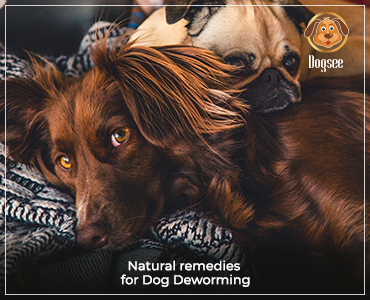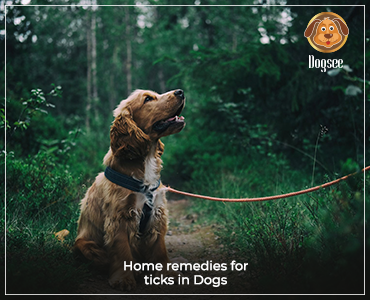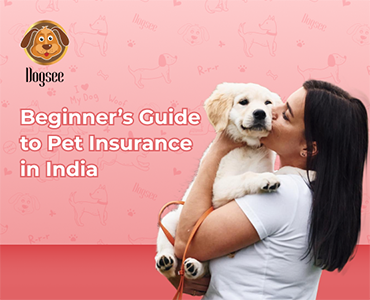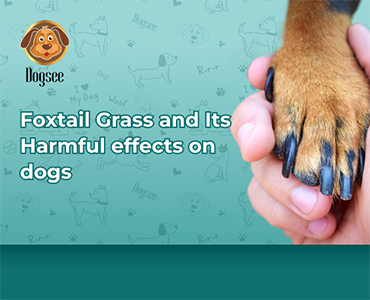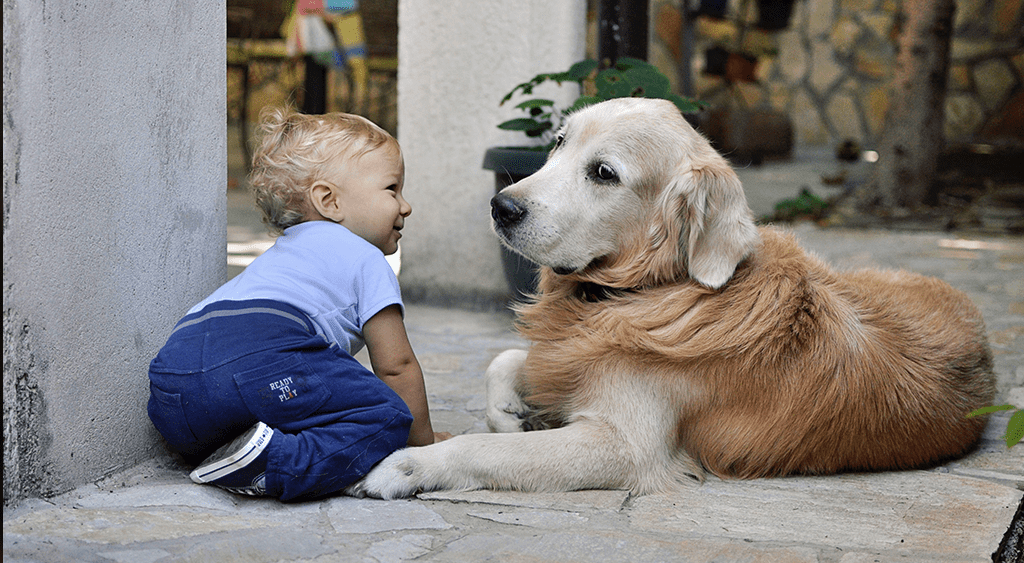
Isn't it lovely to see a child playing with a dog? Dogs and children can have a wonderful and long-lasting relationship, but if your pooch has only been socialized with adults, children can be a challenge! After all, children are more energetic, friendly, and full of life than adults. And your canine companion is completely unaware!In fact, children can occasionally scare dogs away. A dog may even snap or bite if provoked by a child. So, it's always a good idea to train your canine companion to be a kid-friendly dog—especially if you have children, plan to have children in the near future, or have children visit you frequently.
After all, it's always preferable to start off on the right foot than to fix a problem that could have been avoided.
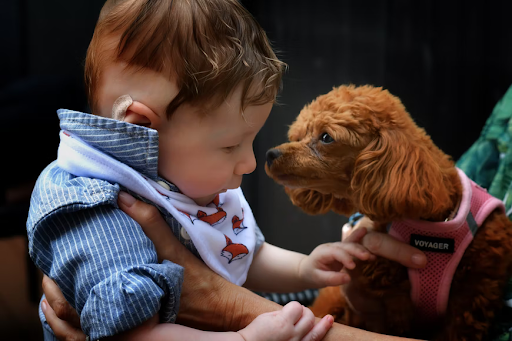
Starting Young: Socialization
Even if they aren't ours, we all have children in our lives. We have nephews, nieces, friends' children, and so on. So, you should always train your dog to be ready for anything, especially children. The best thing you can do is introduce a dog to children and use positive reinforcement to train them with the help of bite-sized training treats.
Pups go through a key stage of development between the ages of eight and sixteen weeks that determines how they will live for the rest of their lives. This means that everything kids learn during this time will stay with them for the rest of their lives. And puppies for kids can either become a fear or the best companion. A puppy will accept a variety of people, including children, at this vital age.
Children should be kind and well-behaved around dogs. If your doggo has had positive interactions with children, it will associate them with positive feelings.
Even if your dog is an adult, you can still socialize with children. The procedure should proceed at a more leisurely pace. Make sure to lavish praise and precious gifts on your pet. At the first hint of stress, remove your dog from the situation.
Exercises to Improve Handling
Even the most well-behaved child will occasionally find themselves wrapping their arms around a dog's neck or tugging at their tail. Prepare your pooch for this type of attention before he or she comes into contact with a child. Give them lots of praise and maybe a few training treats while gently pulling their tail, holding their paws, hugging them, and inspecting their ears. If your dog reacts with fear or nervousness to this gentle poking, keep the youngsters at a safe distance.
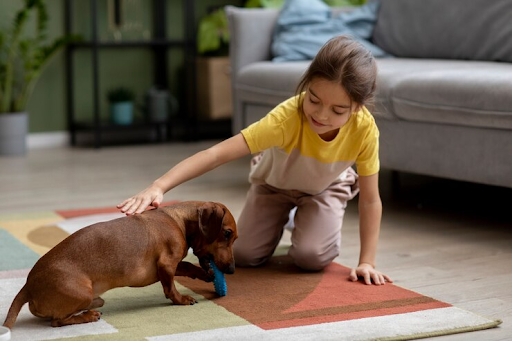
Children's Toys Should Be Introduced to Dogs
Consider all the things that children's toys can accomplish. Funny, high-pitched noises are frequently made by dolls and toy animals. Bikes rush by at a breakneck speed. Balls are thrown or kicked all over the yard. All of these factors might make stealing, chewing, or chasing toys very appealing to your dog. While this may result in toy destruction, it may also result in youngsters being nipped or knocked over. Some sensitive dogs may be terrified of children's toys, and as a result, they may begin to identify that fear with children.
Introduce your dog to children's toys without the presence of children. Commands like "leave it" and "stay" come in handy in this situation. Use these commands to prevent your dog from stealing or chasing after toys. Be sure to redirect your dog to acceptable dog toys. When your dog is around the toys, reward him with treats if he is afraid.
Don't Let Your Dog Jump Up
You may not mind your dog jumping up on you to greet you, but not every guest who comes to your home will feel the same. It's especially risky if your visitor is a small child who could be hurt if your dog knocks them down.
It's best if you don't let your dog jump up at all. You can ask your dog to sit instead of jumping up as you walk through the door. If it doesn't work, try stepping out the door as soon as they jump. When you step through the door, give your dog lots of attention and praise for keeping all four paws on the floor. The dog will quickly learn that not jumping up on people is significantly more rewarding.
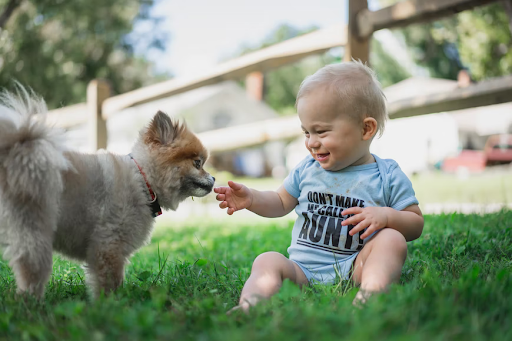
Conclusion
There are many dog breeds that by nature are very kid friendly and gentle. For example the best dogs for kids would be Golden Retrievers, Beagles, Pugs and so on. But any dog can be trained to be kid-friendly.
Making your pets "child-safe" is a difficult task, but it is critical. Remember that even if you don't have or plan to have children, you may have visitors who do, or you may run into kids in public places. Whatever the case may be, it is important that your dog understands how to interact with youngsters.
Also read: How to prepare your dog for a new baby in the house?
Positive reinforcement is the most effective method for fostering a positive relationship between children and dogs. When your dog behaves well around children, praise them with treats, like this doggo in our Instagram video.
If correctly trained, the dog-child bond can be one of the most rewarding on the planet.
 HELPFUL0 people found it helpful
HELPFUL0 people found it helpful
Related Blogs
Subscribe to Our Blogs
and never miss on the latest update!










